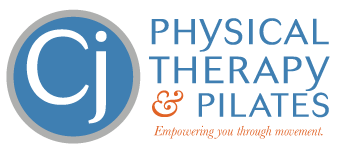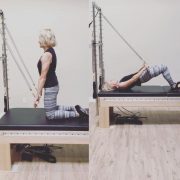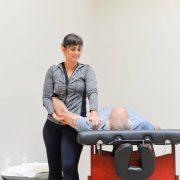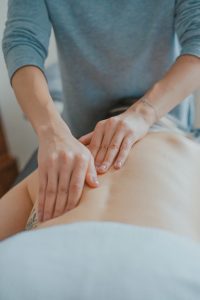Physical Therapy and Pilates: The Perfect Pair
We all know the joke:
Patient: “When I go like this, my arm hurts.”
To which the doctor responds: “Well, don’t do that!”
With physical therapy, just “not moving” is never an option. Instead of telling the individual in this scenario to avoid the movement altogether, I would say, “let’s do it differently.”
People typically have muscle and skeletal pain because of one or more stressors occurring in joints or muscles.
When I treat a patient, I am often working to help them change the mechanics of their movement and therefore decrease or eliminate those stressors. It’s one of the main reasons why I incorporate Pilates into my treatments. It’s also why most of my patients will tell you that it is often difficult to tell where physical therapy leaves off and fitness exercises begin. And that’s precisely the way it should be.
Pilates teaches correct movement throughout the whole body. Each exercise is carefully designed to direct and reinforce the way in which a healthy musculoskeletal system should function. By practicing Pilates, you are strengthening your muscles correctly in a way that is conducive to all forms of exercise, as well as improving posture and balance. It’s a really great supplement to physical therapy because as you’re retraining or rehabilitating a specific part of your body, you have the opportunity to match that progress holistically.
Did you know that 90% of ALL musculoskeletal problems (aches, pains, and strains) can be resolved WITHOUT pain pills, procedures, or surgery?
So chances are, whether you’re suffering from sciatica, neck pain, an achy knee, herniated discs, or any number of physical issues, your pain can be resolved through physical therapy. And if you want to return to your daily activities even stronger than before — you can supplement your physical therapy sessions with Pilates.
Pilates-based physical therapy is excellent for people of any age who want to start an exercise program but might be afraid of injury or pain. Our practice actually specializes in treating clients aged 40+, and many of our clients in their 60s and 70s practice Pilates regularly! We offer a range of classes right out of our physical therapy practice in Portsmouth, which gives you the opportunity to combine your rehabilitation sessions with some therapeutic, strength building exercise for the whole body. Our group classes are geared towards beginners — no experience necessary! And if you’re interested, but don’t want to make a commitment, no worries. You can schedule a FREE Pilates Taster with us to see how Pilates can help you.
Want to find out if Pilates is something you should be incorporating into your physical therapy? Talk to one of our specialists for free!









